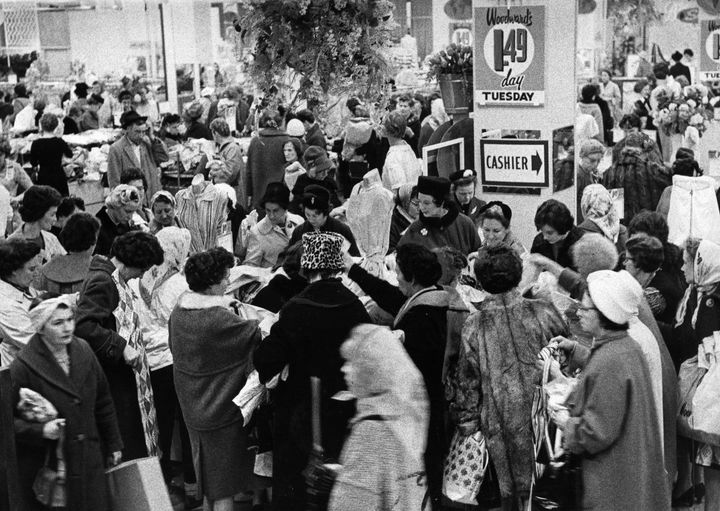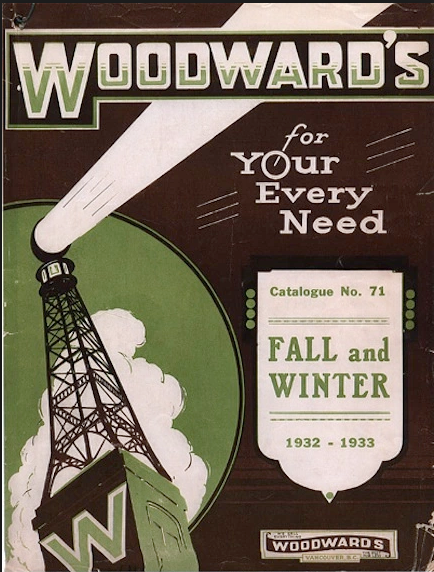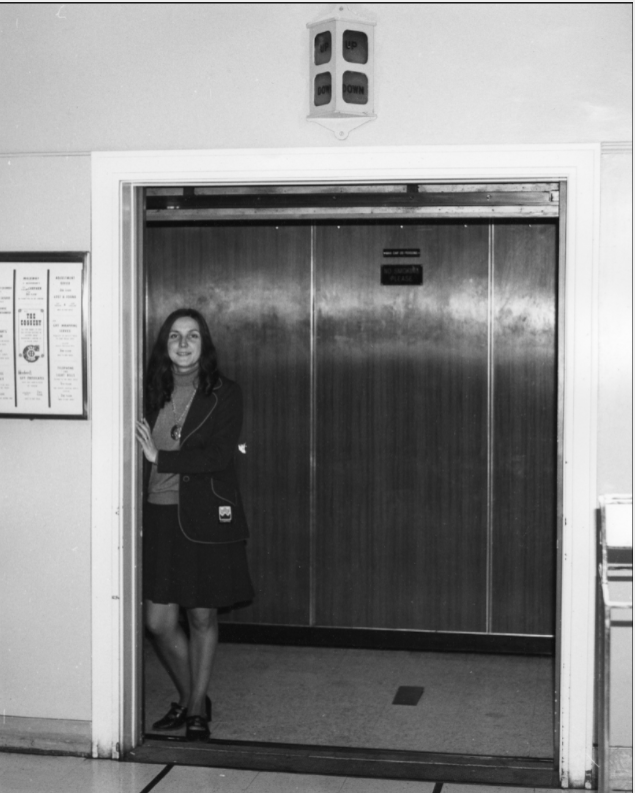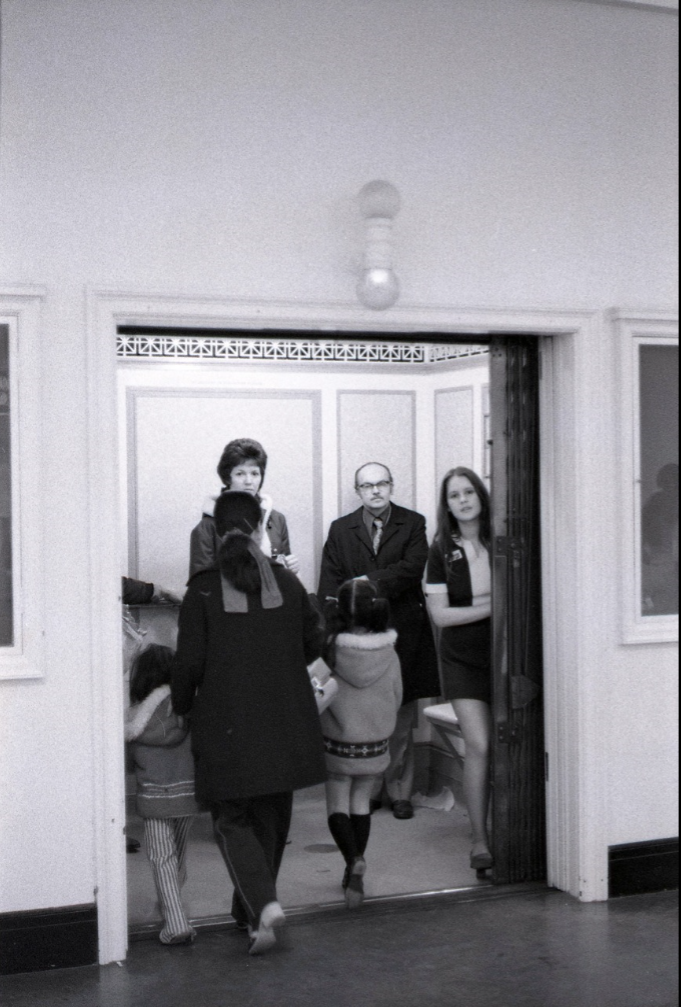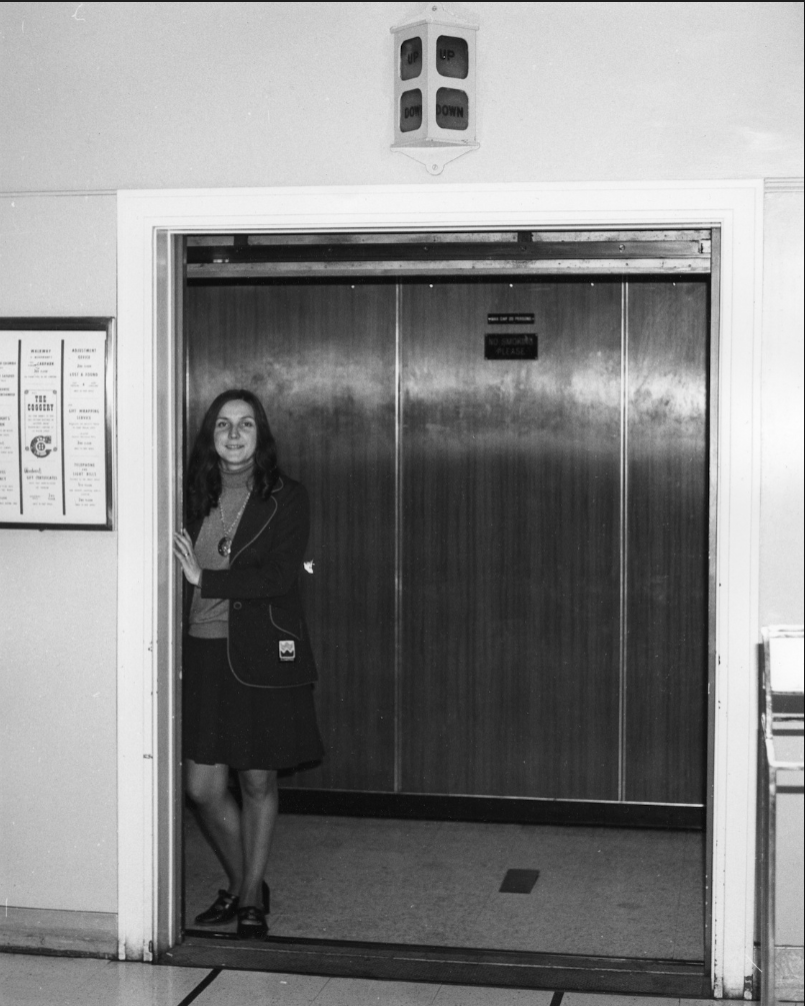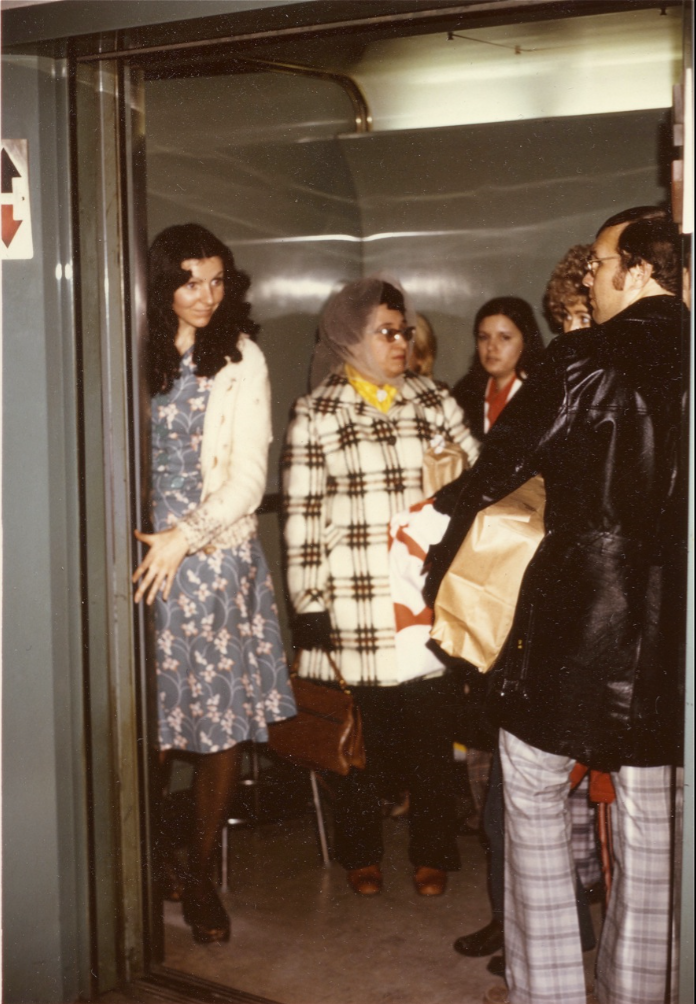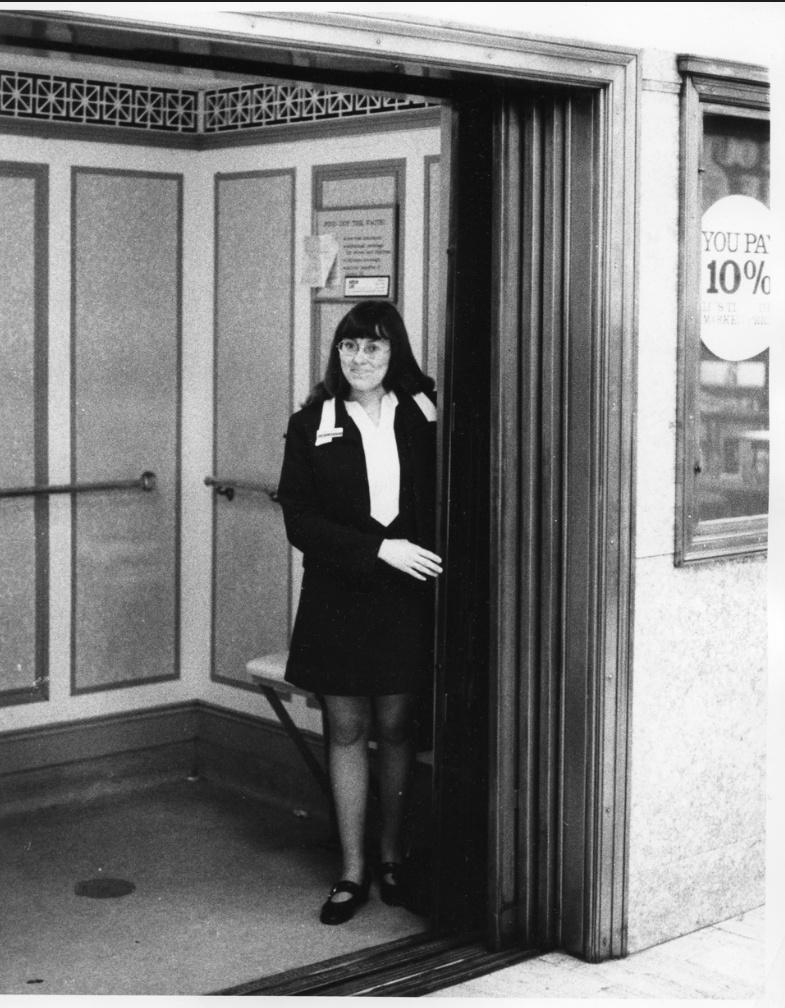When David Rowland heard that Woodward’s was closing in 1993, he phoned up the manager and put in an offer for the department store’s historic Christmas windows. They agreed on a price, and David became the proud owner of six semi-trailer loads of animated teddy bears, elves, geese, children, a horse and cart and various storefronts.
Story from Vancouver Exposed: Searching for the City’s Hidden History
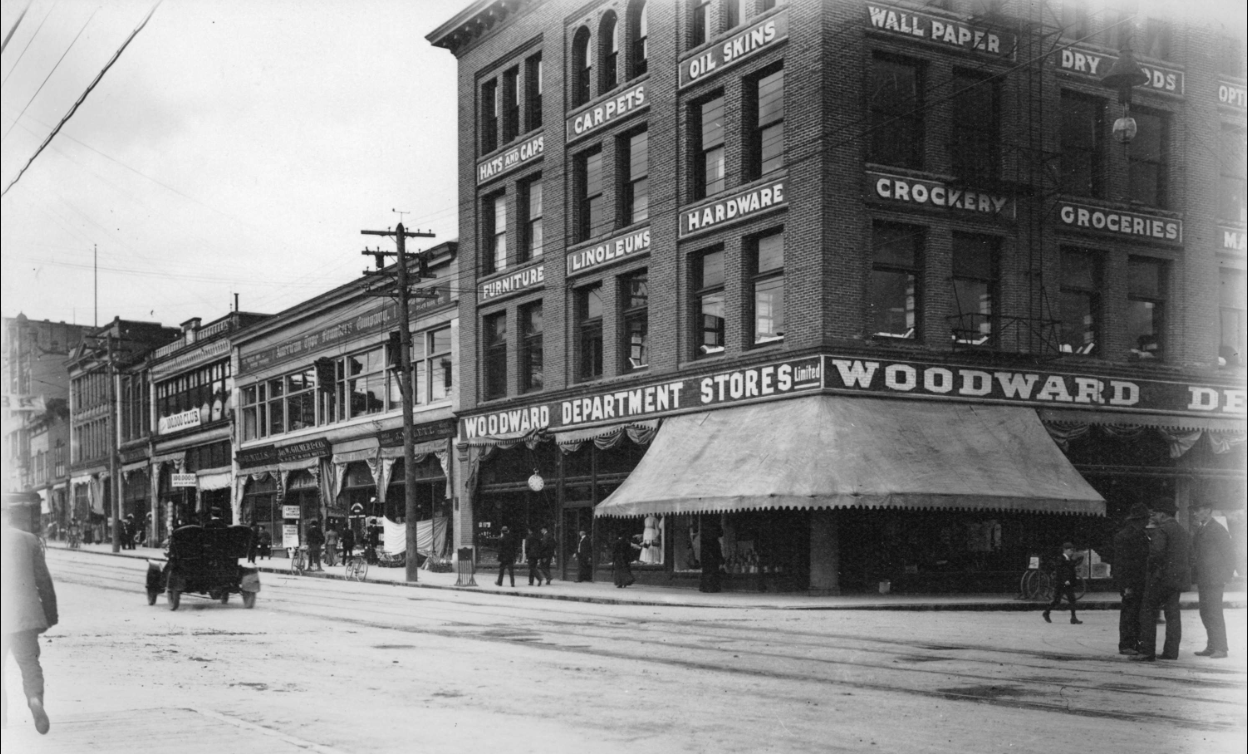
Robsonstrasse:
In the late 1960s, 14-year-old David rode the bus into Vancouver carrying three samples of puppets and marionettes that he had made. He walked up and down what was then Robsonstrasse trying to interest toy store owners into buying his merchandise.
“They said ‘they are nice little toys, and you are a nice little boy, but come back when you have sold them somewhere else’,” says David. “I was about to give up and I thought well there’s always The Bay.”
David found the manager of Toyland and put his marionettes through their paces.
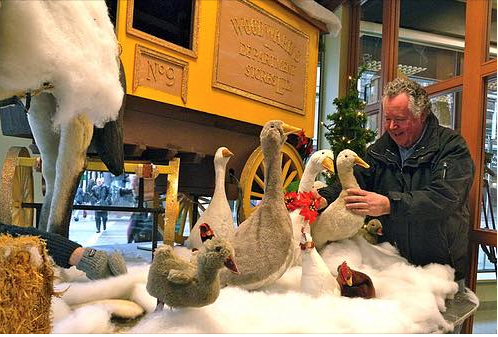
Orders from the Bay:
“A lot of people gathered and shoppers started picking up the boxes looking for prices.”
The manager ordered 50 and had David come in and demonstrate them every Saturday. Later he invented a coin-operated puppet theatre where you put 25 cents in and the lights turned on and music played and the puppets danced across the stage. He sold three dozen of them to shopping centres in B.C. As requests came in to build Santa’s castles and other seasonal structures, Rowland’s business took off.
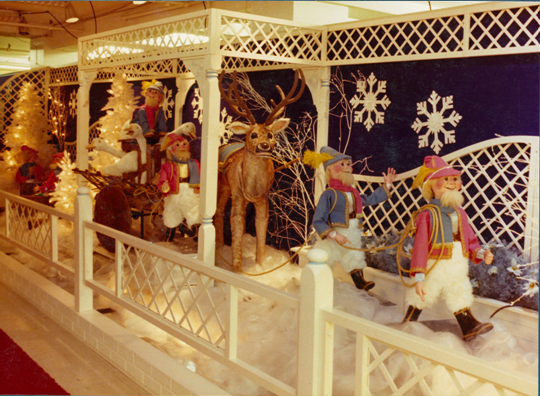
Woodward’s started getting serious about their Christmas windows in the 1960s, and sent buyers off to New York to bring back different figures. The department store hired David in the ‘70s to create mechanical figures for their Toyland and display work for their windows.
Canada Place:
When David unpacked his newly acquired Christmas windows in the ‘90s, he found at least a dozen different scenes. He looked around for a venue big enough to display them and found himself at Canada Place. David wanted to rent them, but Canada Place offered to buy them outright. “That wasn’t my initial plan, but at the time I had a banker from hell and I needed some capital and so I sold a lot of it to them,” he says.
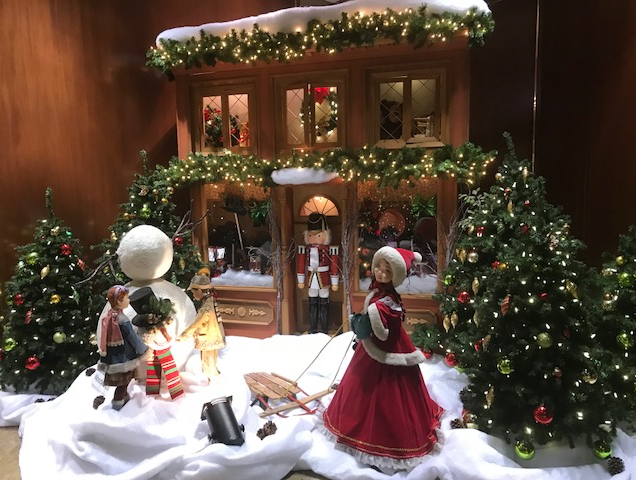
David couldn’t bear to part with all of them though, and every other year he sets up a few in buildings around Vancouver.

Related:
- $1.49 day Woodwards
- A Brief History of the Woodward’s Department Store
- The Missing Elevator Operators of BC
All rights reserved. Unless otherwise indicated, all blog content copyright Eve Lazarus.


